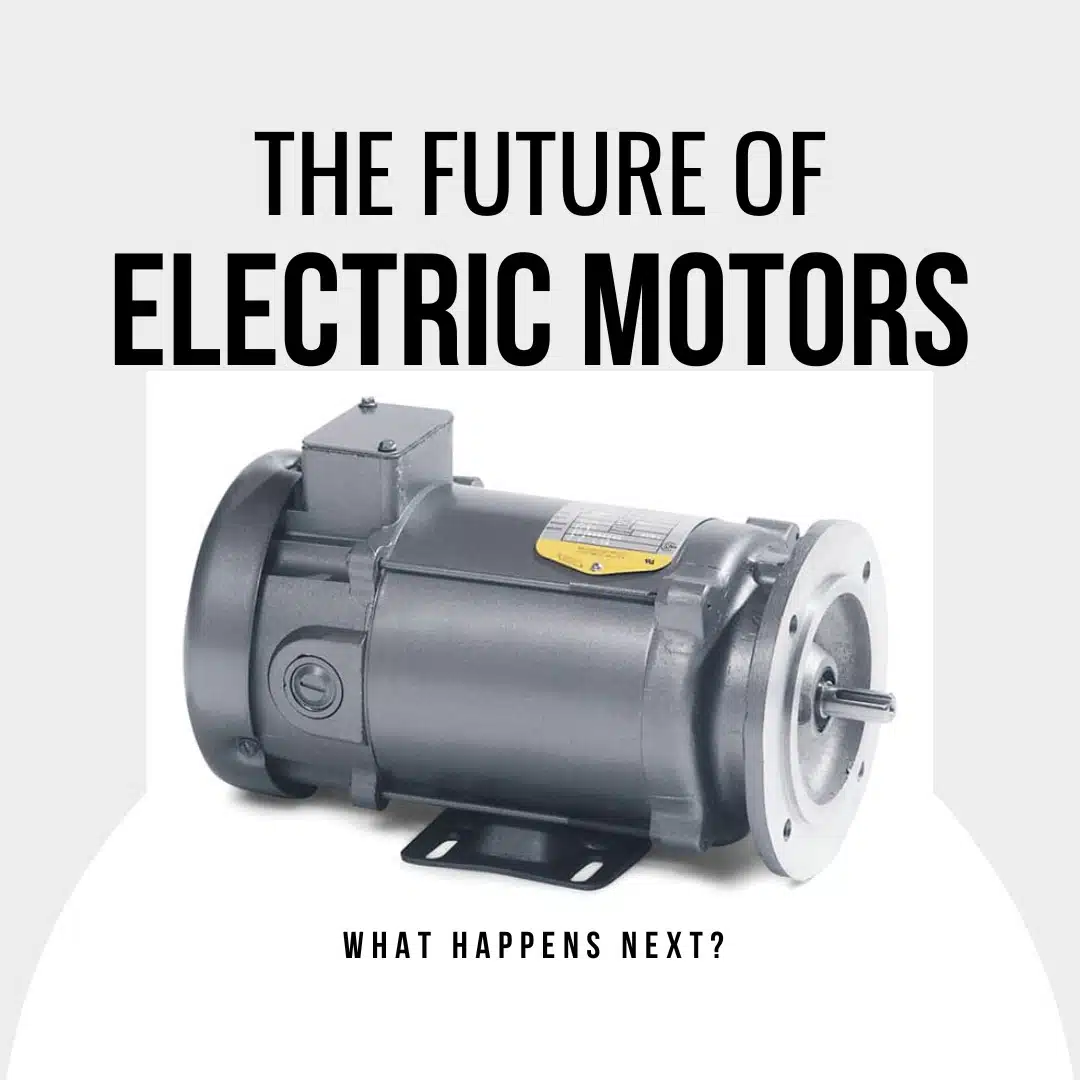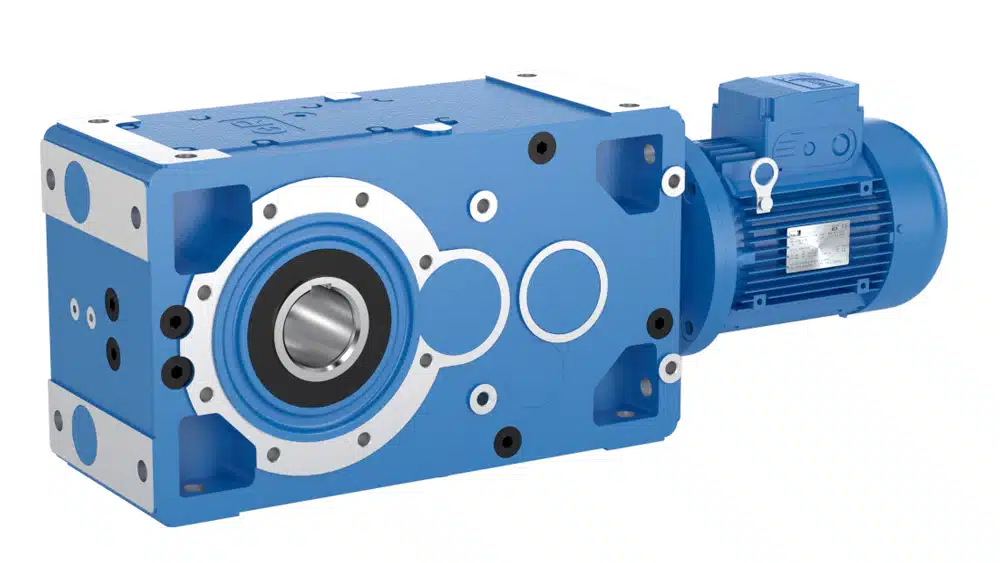Your cart is currently empty!
Future Of Electric Motors
As we transition into a more sustainable, energy-efficient world, the evolution and development of electric motors take centre stage. Electric motors are responsible for consuming over half of the world’s electricity and, as such, their enhancement and innovation are crucial for meeting future energy demands. In this post, we will delve into the current state of electric motors, explore the innovative solutions scientists are developing to improve efficiency and weight, and look at the exciting potential of electric motors to power commercial aircraft.
This article will cover:
- Current state of electric motors
- Enhancing permanent magnets for better performance
- Overcoming engineering challenges in electric motor development
- The role of electric motors in commercial aviation
- Conclusion
Current State of Electric Motors
Electric motors are not a new invention; they have a long and storied history powering our machines. From the humble asynchronous motor found in everyday appliances to the powerful 3 phase motors driving industrial machinery, they are the unseen workhorses of modern life. However, despite their maturity, there are significant opportunities for improvement in areas such as energy efficiency, production cost, resilience, waste heat generation, and weight.
Enhancing Permanent Magnets
Permanent magnets play an integral role in electric motor functioning, including AC motors and 3 phase motors. Traditional permanent magnets, often made from rare earth elements, present challenges due to high cost and supply issues. This has led researchers to investigate alternative materials. Some promising options include inexpensive manganese alloys and ferrites, which exhibit the necessary magnetic properties without the associated cost or supply concerns. However, these alternatives come with their own set of engineering challenges.
Overcoming Engineering Challenges
The future of electric motors is inseparable from the need to solve these engineering problems. For example, temperature dependence is a significant issue, as high temperatures can demagnetise motors, and dysprosium is currently used to stabilize magnets at high temperatures. Moreover, the brittleness of powerful permanent magnets leads to manufacturing inefficiencies. As such, scientists are exploring innovative solutions to limit crack propagation, such as adding fine fibers and carbon nanotubes to the magnet material.
Electric Motors for Commercial Flight
The electrification of propulsion systems in large engines, like jet engines, offers a tantalising glimpse into the future of electric motors. Such an advance could reduce operational costs and carbon emissions drastically. But to realize this vision, improvements are needed in motor drives, which control motor speed and manage the generated heat. Here, the use of silicon carbide (SiC), often referred to as “magic silicon” due to its exceptional performance, shows great promise for improved performance and reduced power loss. Interdisciplinary efforts are required to shrink motor-drive systems, optimising their efficiency, and ensuring they are up to the task of powering commercial aircraft.
Conclusion
The future of electric motors is a narrative of continuous innovation. Advancements in materials, engineering, and motor drives are paving the way for exciting possibilities, including more efficient appliances, more robust industrial machinery, and even electrified commercial aviation. If you’re interested in further exploring the world of electric motors or require any technical help, feel free to reach out to our experts at 258 Engineering Supplies.


